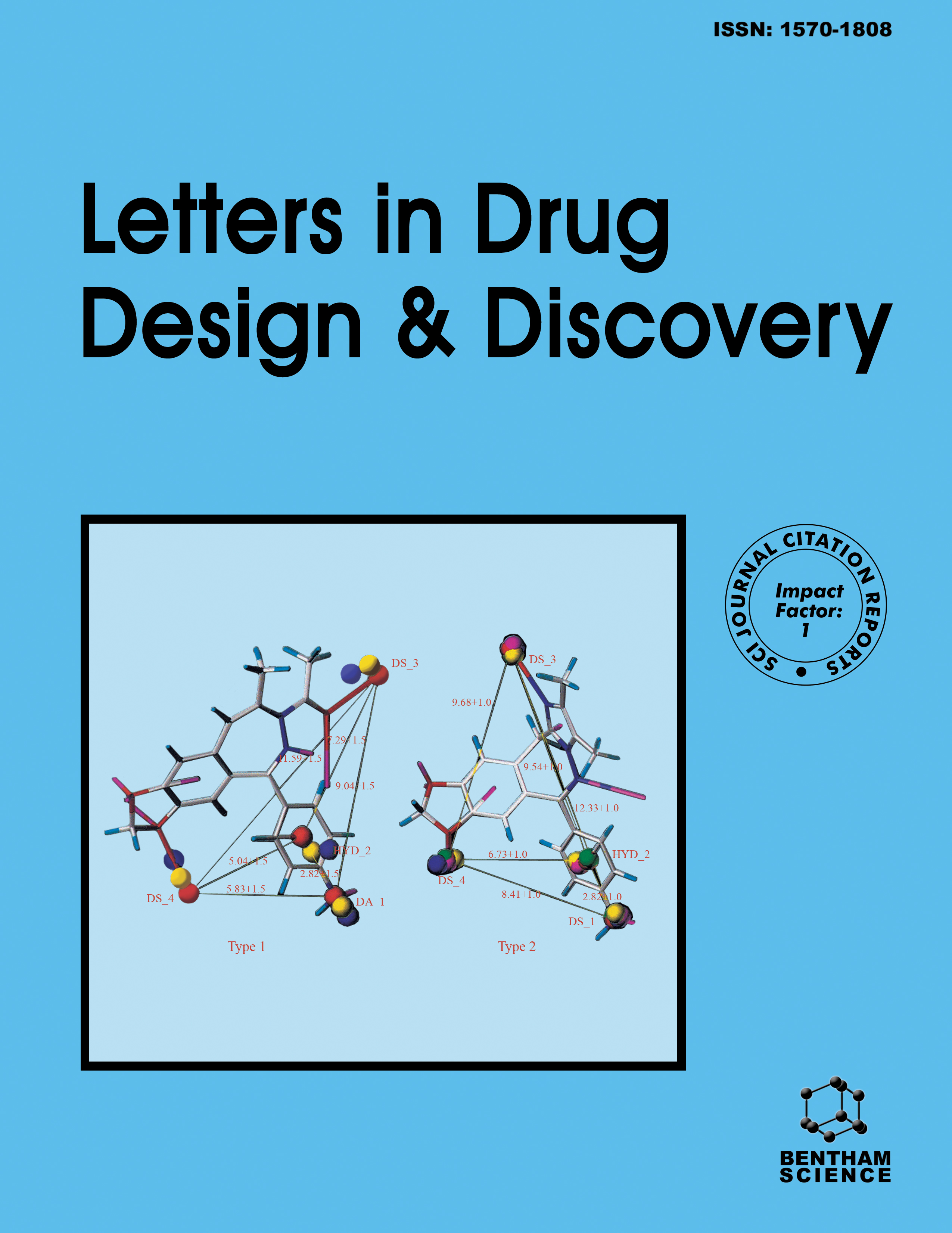
Full text loading...
We use cookies to track usage and preferences.I Understand
AHR and its signaling pathways are promising therapeutic targets for psoriasis. Recent studies in traditional Chinese medicine have confirmed that Indirubin acts as an efficient ligand of AHR, inhibiting the inflammatory response. Clarifying its mechanism of action remains essential.
This study uses bioinformatics to predict Indirubin’s potential molecular mechanism in treating psoriasis and validate the results in animal models.
Indirubin and psoriasis-related targets were screened using the TCMPSP, GeneCards, and OMIM databases. Using the STRING database, a network was constructed and enriched for target protein function. Imiquimod was used to validate the core targets in a psoriasis-like mouse model.
Network pharmacology suggested that indirubin targets pathways mainly involved in cancer, inflammation, apoptosis, and other disease mechanisms, including PI3K-Akt, IL-17, and TNF pathways related to psoriasis pathogenesis. Indirubin significantly affected the severity of imiquimod-induced skin lesions in psoriasis-like mice. It also inhibited the expression of IL-6 and il-1β inflammatory factors and rescued p65 and p-p65 expressions in psoriasis-like mice.
Network pharmacology, combined with in vitro cellular experiments, tentatively confirmed that Indirubin reduces the inflammatory response in psoriasis-like mice through the AHR/NF-κB signaling pathway.

Article metrics loading...

Full text loading...
References


Data & Media loading...

